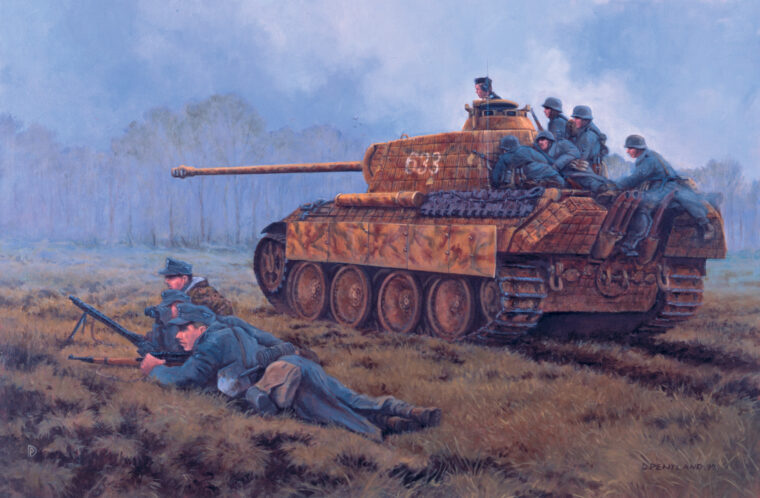
Heinrich Himmler
Waffen SS General Felix Steiner’s WWII Legacy
By Pat McTaggart“Where is Steiner?” Adolf Hitler demanded as his Thousand Year Reich crumbled around him in April 1945. “Is he attacking yet?” Read more

Heinrich Himmler
“Where is Steiner?” Adolf Hitler demanded as his Thousand Year Reich crumbled around him in April 1945. “Is he attacking yet?” Read more
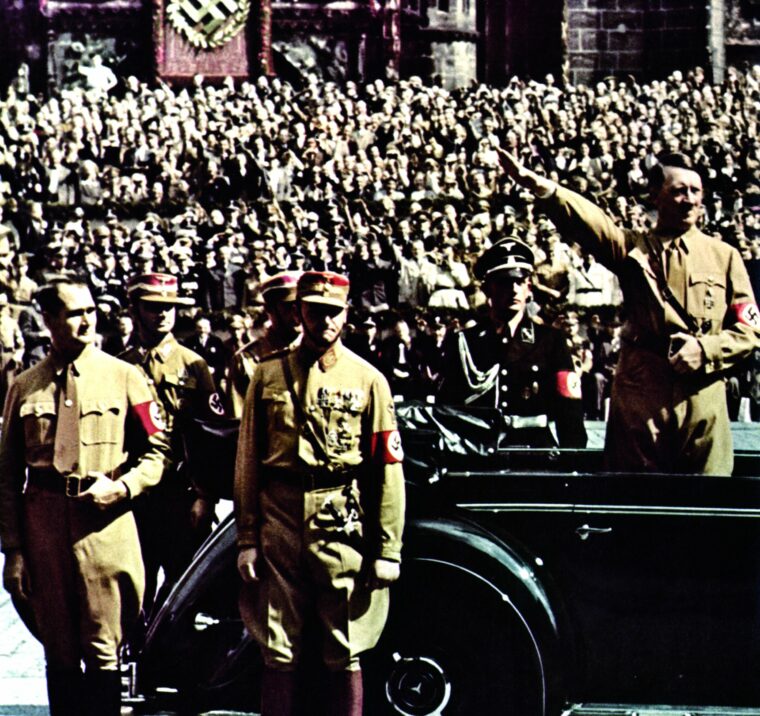
Heinrich Himmler
Throughout the reign of the Nazi Party in Germany during the 1930s and 1940s, Adolf Hitler’s inner circle comprised a diverse group of men from many walks of life. Read more

Heinrich Himmler
By the spring of 1943, the Nazi deaths camps in eastern Poland—Sobibor, Belzac, and Treblinka—were running out of victims. Read more

Heinrich Himmler
Adolf Hitler loved children. Before the war consumed all his energies he entertained children at his holiday home on the “mountain” all the time. Read more
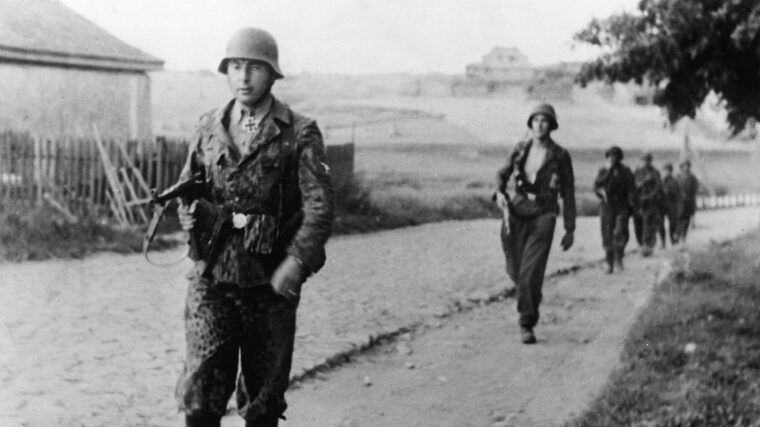
Heinrich Himmler
Leon Degrelle was born in 1906 in Belgium to a prosperous family in the French-speaking region of Wallonia. Read more
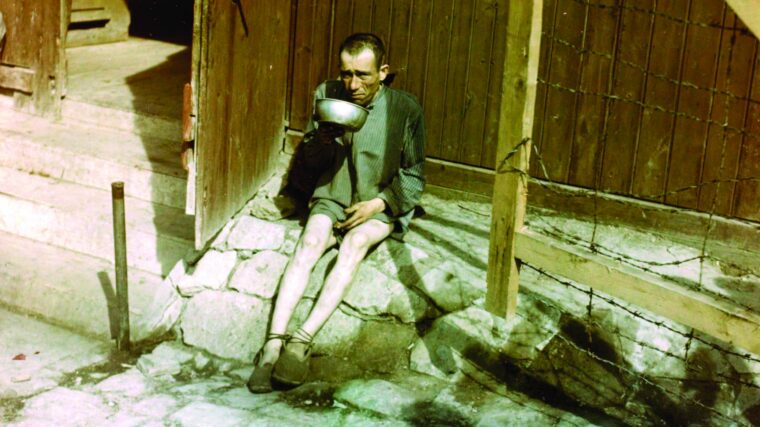
Heinrich Himmler
When Adolf Hitler became chancellor of Germany on January 30, 1933, the world changed forever.
Not only was Hitler determined to pay back Germany’s enemies for his country’s defeat during the Great War, but he was also determined to rid Germany and the rest of Europe of persons whom his twisted Aryan ideology believed were “inferior” or “subhuman.” Read more
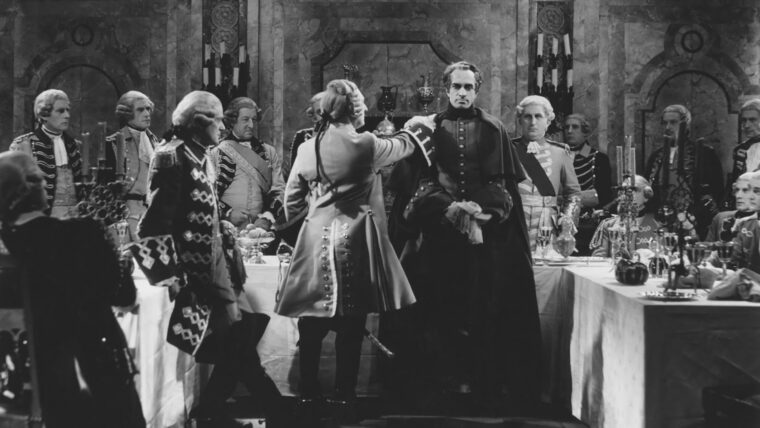
Heinrich Himmler
On September 8, 1940, a new German movie, Jud Suss, premiered at the Venice Film Festival. It opened to rave reviews and received the Golden Lion award. Read more
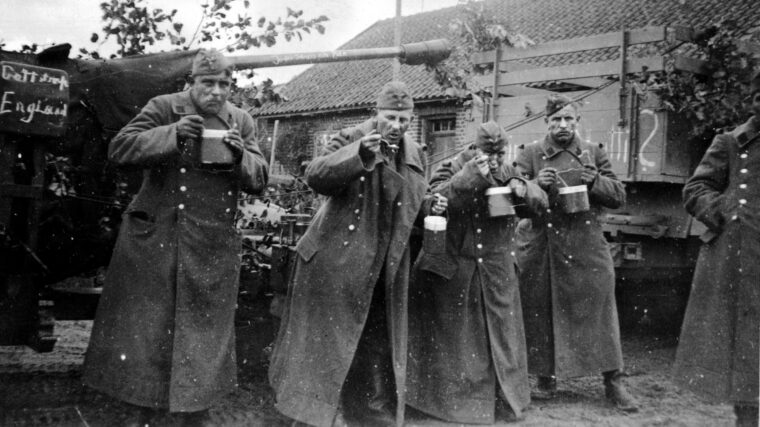
Heinrich Himmler
It was Napoleon Bonaparte who purportedly said, “An army travels on its stomach.” Toward the goal of feeding his particular army’s stomach more efficiently, in 1795 the French general came up with an interesting solution to the problem. Read more
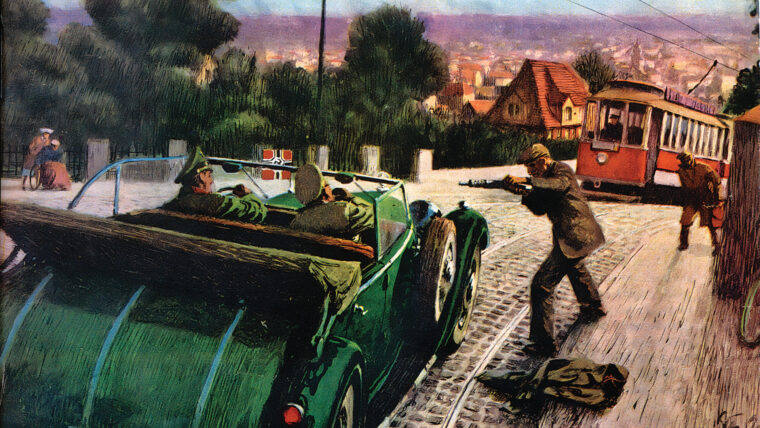
Heinrich Himmler
In a desperate bid to avoid another war in Europe, both Britain and France signed the notorious Munich Agreement in 1938, which annexed the Sudetenland of Czechoslovakia to the Nazis. Read more
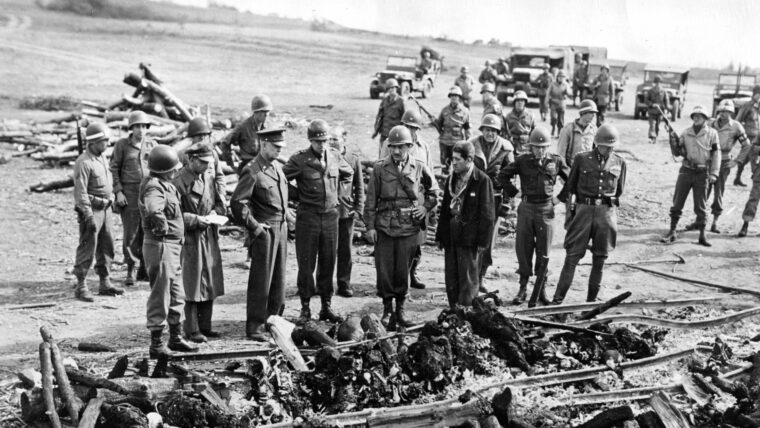
Heinrich Himmler
The blue arrows on Lt. Gen. George S. Patton, Jr.’s Third Army situation maps in his mobile headquarters trailer all pointed eastward. Read more
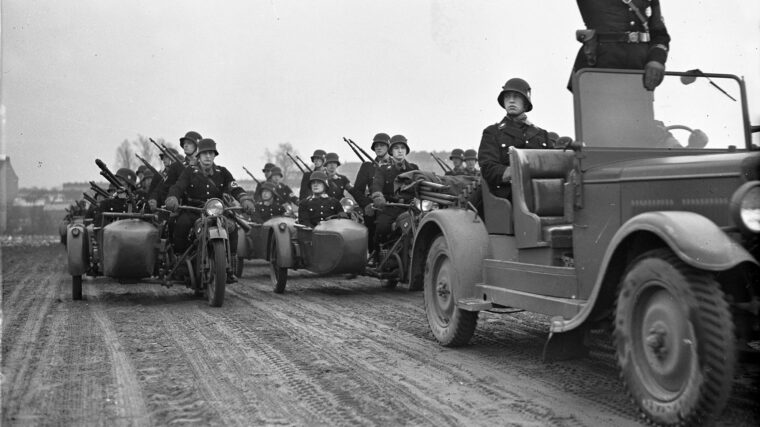
Heinrich Himmler
In 1933, before the Waffen-SS, there was a portion of the Nazi Party’s Schutzstaffel (SS), armed and trained along military lines and served as an armed force. Read more
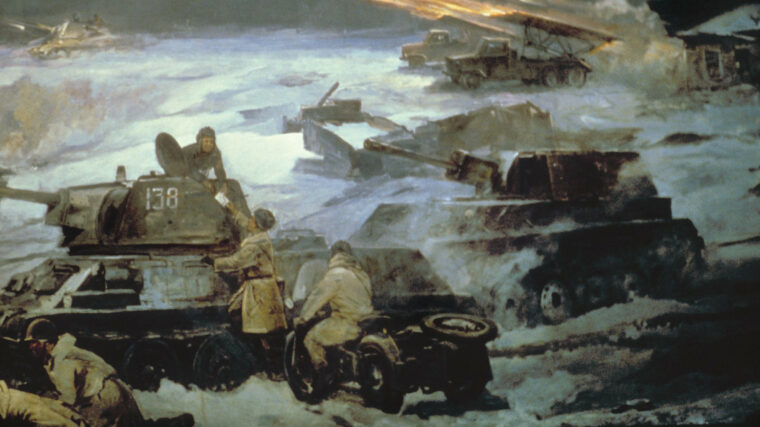
Heinrich Himmler
The area between the Baltic Sea and the Carpathian Mountains had been relatively quiet since the end of Operation Bagration late in the summer of 1944. Read more
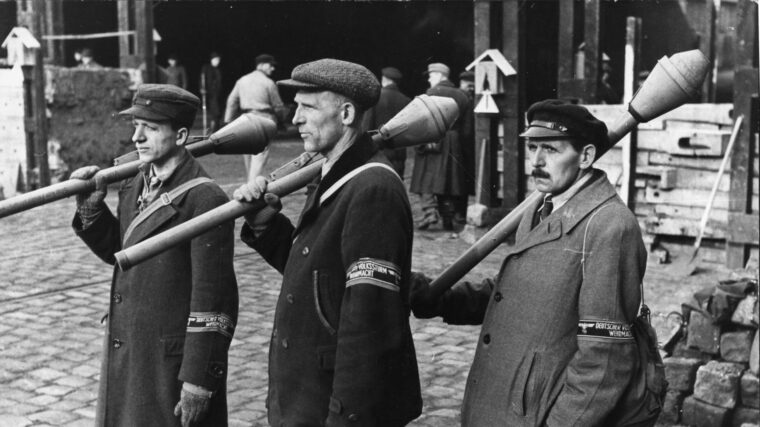
Heinrich Himmler
On October 18, 1944—the 131st anniversary of the Battle of the Nations’ victory over Napoleon in 1813—Reichsführer-SS (National Leader) Heinrich Himmler stepped up to a microphone to make a national radio address announcing the formation of the Nazi Party-controlled Volkssturm, or People’s Militia. Read more
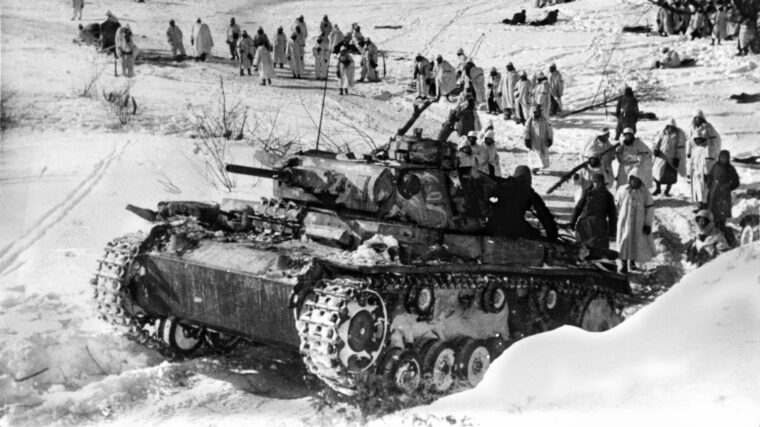
Heinrich Himmler
On the surface it may seem odd that men of conquered nations would eagerly sign up to fight for their masters, but that is exactly what happened in Scandinavia in the 1940s. Read more
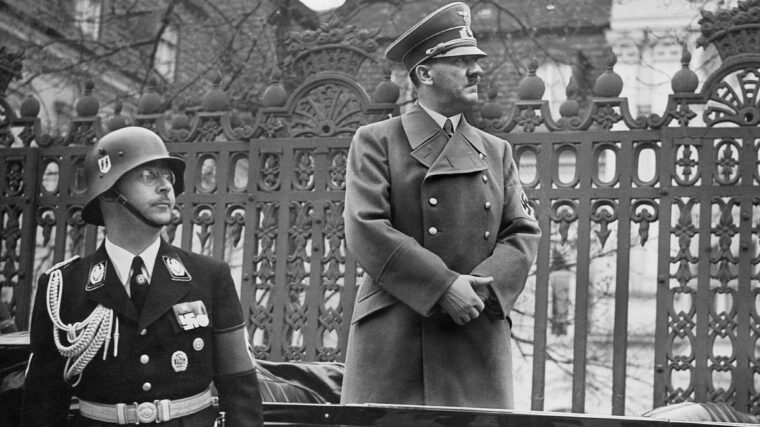
Heinrich Himmler
On the evening of May 23, 1945, in the northern German state of Schleswig-Holstein, five men in a British Army jeep were driving down a dark road. Read more
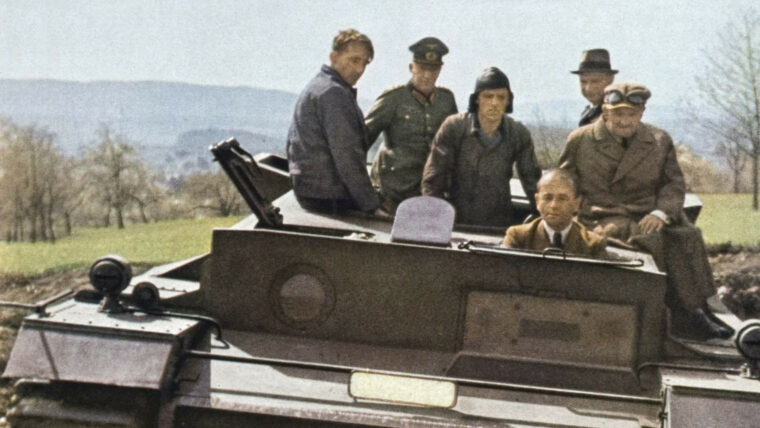
Heinrich Himmler
On October 6, 1943, Dr. Albert Speer, Reich minister of armaments and war production for the Third Reich, gave a 50-minute address to the assembled top officials of Nazi Germany at Posen Castle in occupied Poland’s Reich Gau (Region) of Wartheland on the critical state of World War II at that point. Read more
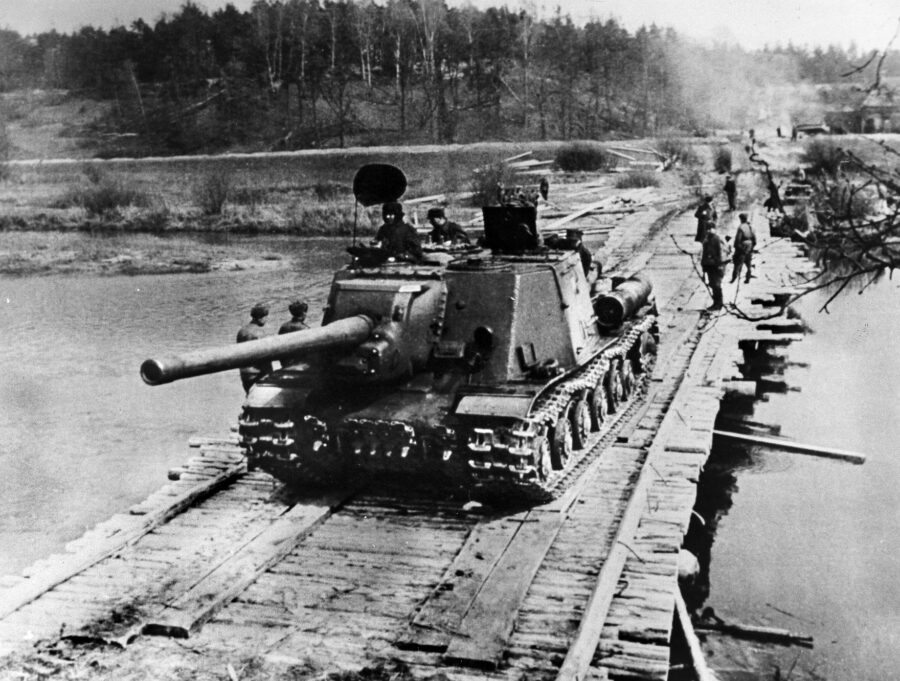
Heinrich Himmler
The officers huddled in a candlelit cellar in an abandoned farmhouse midway between the Oder River and Berlin. Read more
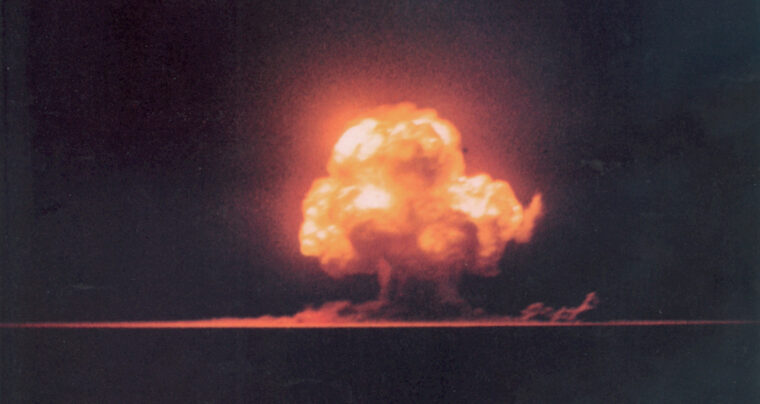
Heinrich Himmler
The most nightmarish of World War II alternative history scenarios is the one in which Nazi Germany acquires atomic weapons. Read more
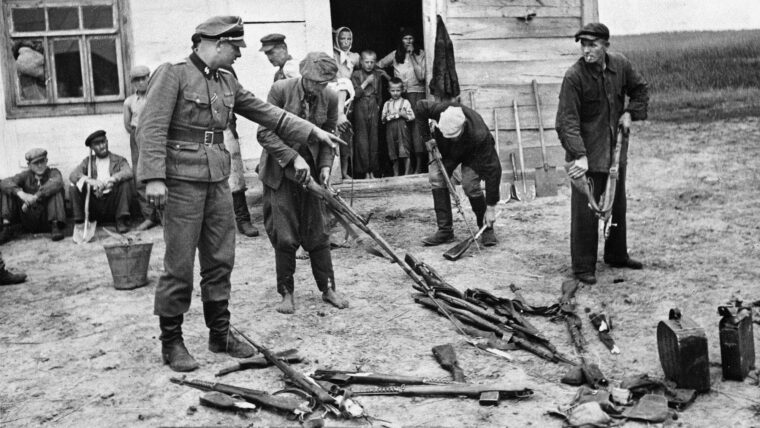
Heinrich Himmler
The concept of Soviet partisans participating in Russia’s wars was nothing new in 1941. During Napoleon’s invasion of the country in 1812, small bands of civilians harassed the French and their allies both before and after the retreat from Moscow. Read more
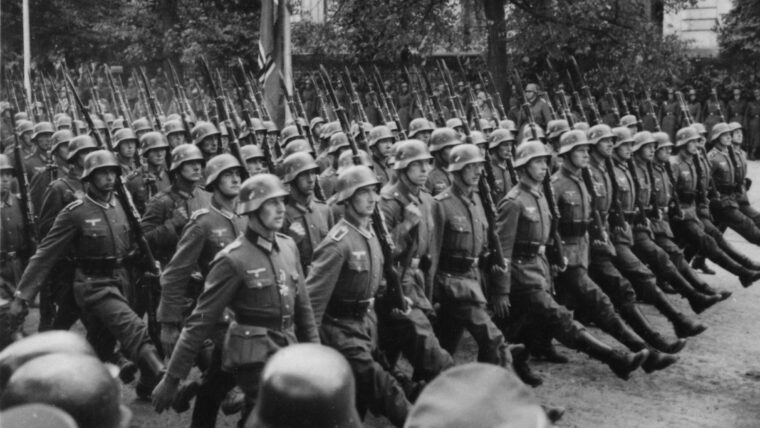
Heinrich Himmler
Just after midnight on September 3, 1939, a stylish young former socialite from Boston, Massachusetts, made her way toward London aboard the Harwich boat train after crossing the English Channel. Read more